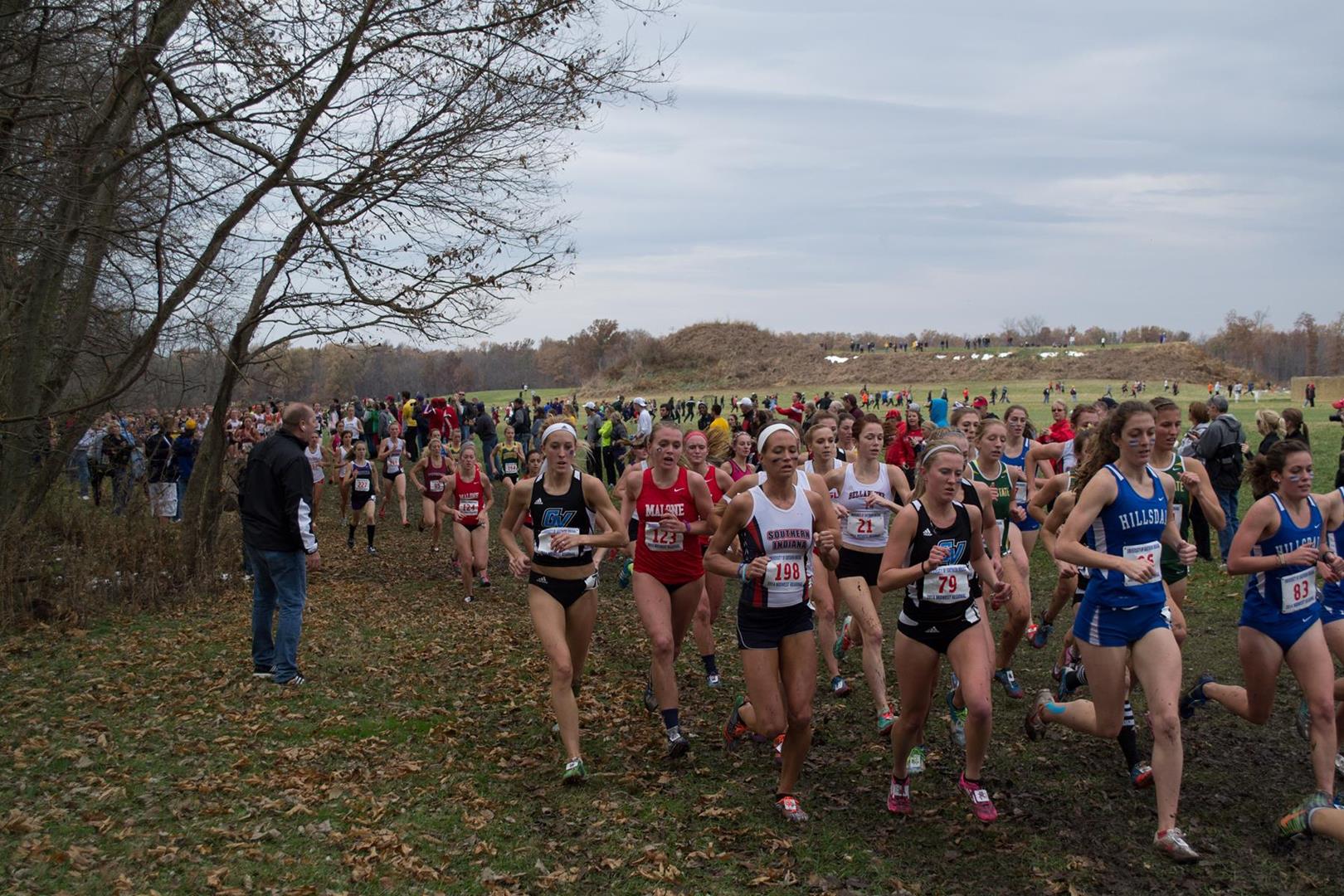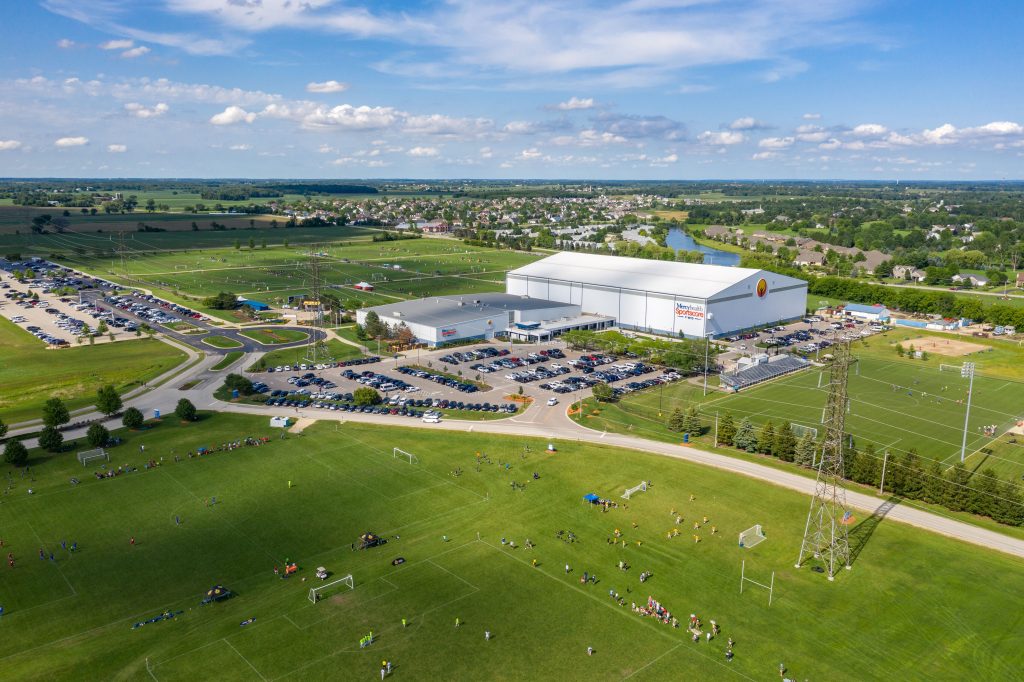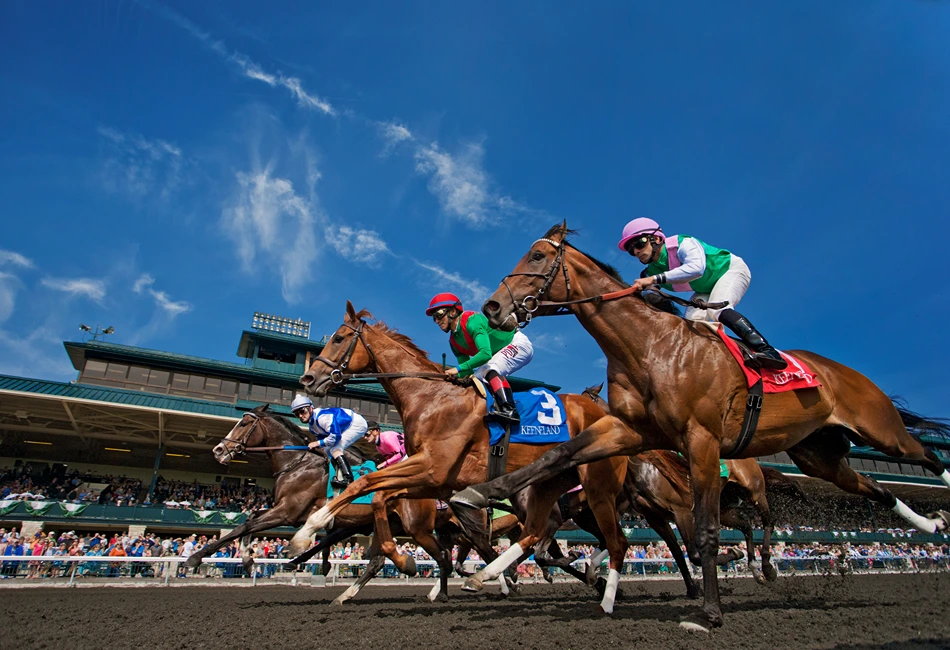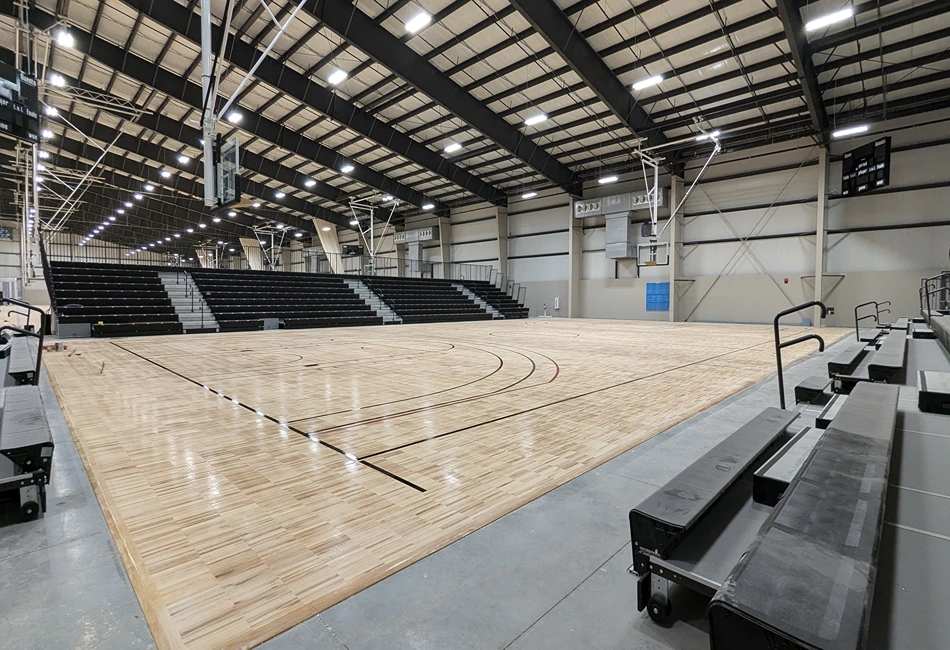The word “Hoosier” has been used to describe a resident of Indiana since the 1830s. It’s an iconic term passed down through the generations, a treasured trademark of the 19th U.S. state.
No state so proudly associates with, or can be so easily described by, one word. “Hoosier”—farming, basketball and proud Midwestern values. Indiana knows these things better than Colorado knows the Rocky Mountains; better than Louisiana knows Mardi Gras. But there is one detail no one seems to be sure of: How did “Hoosier” originate?
The answer is complicated because there’s a range of viable theories. Some claim the term came from a contractor named Hoosier who was employed on the Louisville and Portland Canal. Others believe it derived from “hoosa,” the Indian word for corn. And then there are those who say it mimics Indiana pioneers who were known to yell, “Who’s yere?” when someone knocked on the cabin door.
In truth, any of these could be right. The real question is, how did Indiana become an athletic powerhouse with such an unparalleled sports tradition?
The answer lies in dissecting both the past and the present. Indiana is home to towns that have long cultivated sports, towns built on the backs of hard-working Midwesterners who found time between harvesting the cornfields to shoot hoops or toss around a baseball.
You can’t talk about Indiana sports without mentioning basketball. And what movie better epitomizes the state than Hoosiers, the true story of a small-town high school basketball team that shocks just about everyone on its way to the state finals.
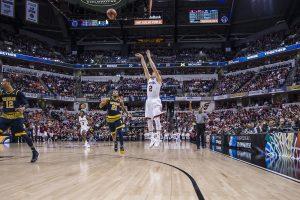 Hoosiers was released in 1986—but let’s go back a little further, to March 16, 1894. On this date, the state of Indiana met one of its first true loves, the game of basketball. Indeed, it was on the second floor of the Terminal Building in freezing-cold Crawfordsville that a group of young men first played basketball. The sport dreamed up by James Naismith and brought to central Indiana by one of his disciples, Nicholas McKay, was a massive hit.
Hoosiers was released in 1986—but let’s go back a little further, to March 16, 1894. On this date, the state of Indiana met one of its first true loves, the game of basketball. Indeed, it was on the second floor of the Terminal Building in freezing-cold Crawfordsville that a group of young men first played basketball. The sport dreamed up by James Naismith and brought to central Indiana by one of his disciples, Nicholas McKay, was a massive hit.
They played on ice rinks in Madison, on the fields of Martinsville, in the lumber yards in Carmel. Basketball was accessible—all you needed was a ball and a basket—and could be played with only one person.
Today, the Indiana University men’s basketball team dominates attention, as proud alumni and hoops fans alike flock to watch their young Hoosier men every March in the NCAA tournament. But the college hoops tradition doesn’t end in Bloomington. Butler University, a small school in Indianapolis, saw its men’s basketball team make a Cinderella run to the NCAA title game in 2010, not unlike the young men from Hoosiers. The University of Notre Dame women’s basketball has won the Athletic Coast Conference in each of the past three seasons, including NCAA runner-up finishes in 2014 and 2015. And of course no one has hosted more NCAA Final Fours than Indianapolis in the modern era of basketball.
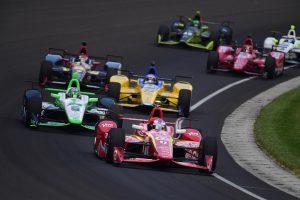 Celebrating its 100th year in 2016, the Indianapolis 500 is the most famous car-racing phenomenon on the planet. It is held annually at the storied grounds of Indianapolis Motor Speedway. The event sits atop any sports fanatic’s bucket list. Every Memorial Day weekend, 300,000 people jam the stands—it’s the most attended single-day sporting event on earth—to witness 500 miles of pure, engine-revving, gasoline-scented exhilaration.
Celebrating its 100th year in 2016, the Indianapolis 500 is the most famous car-racing phenomenon on the planet. It is held annually at the storied grounds of Indianapolis Motor Speedway. The event sits atop any sports fanatic’s bucket list. Every Memorial Day weekend, 300,000 people jam the stands—it’s the most attended single-day sporting event on earth—to witness 500 miles of pure, engine-revving, gasoline-scented exhilaration.
Indianapolis has been called the “Amateur Sports Capital of the World,” and for good reason. Both the NCAA and the National Federation of State High School Associations have their headquarters in the city. The NCAA moved to Indy in 1997 from Johnson County, Kansas. The organization simply couldn’t turn down the bid of Indianapolis, with its central location and 50,000-seat (since-demolished) RCA Dome. Today, visitors can enjoy all 24 NCAA sports at the Hall of Champions which sits alongside NCAA headquarters. There are interactive exhibits, trivia challenges and artifacts from colleges around the nation.
The Hoosier State also has many other cities that boast a rich sports tradition. One example is located on the southern tip of the state—Evansville. Indiana’s third-largest city features some of the Midwest’s best high school and collegiate athletic competition and a number of exceptional venues. There’s also Terre Haute, home of Lavern Gibson Championship Cross Country Course, one of the few purpose-built cross country courses in the world; the site has hosted multiple NCAA Championships.
In the northern part of the state sits South Bend, Indiana, a historic city that features Notre Dame athletics and a whole lot more. The University of Notre Dame has a storied football tradition—just watch the movie Rudy. Whispers of greatness and echoes of roaring crowds from decades ago course through the halls of Notre Dame Stadium.At the direction of legendary coach Knute Rockne, the football field was built in 1930 in just 60 days. Recently, the university approved a $400-million renovation project, with completion set for 2017.
During summer months in Indiana, attention turns to baseball. The country’s first professional baseball game was played in Fort Wayne, when on May 4, 1871 the Fort Wayne Kekiongas shut out Forest City of Cleveland. The American pastime had found its first beginnings in the Hoosier State. Baseball tradition has continued in Indiana ever since. Today minor league parks draw crowds in South Bend, Fort Wayne, Gary and Indianapolis, while massive youth complexes cater to amateur baseball tournaments. For example, Grand Park in Hamilton County spans 400 acres and features 26 baseball/softball diamonds (and 31 multi-purpose fields).
Indiana has sports history like no other state in the country, along with a plethora of small towns and major cities boasting venues that never fail to impress fans across a wide spectrum of ages and backgrounds.

